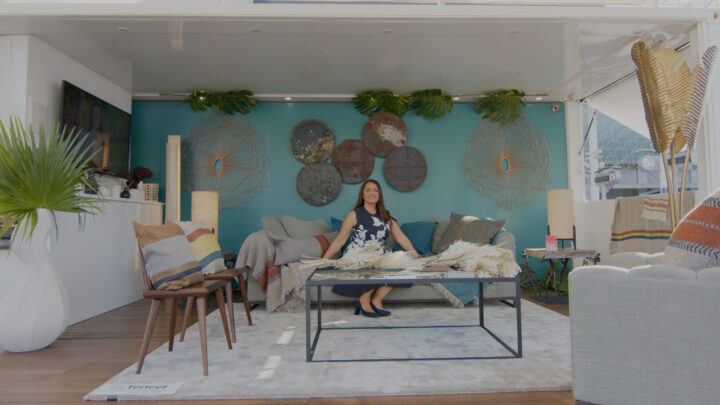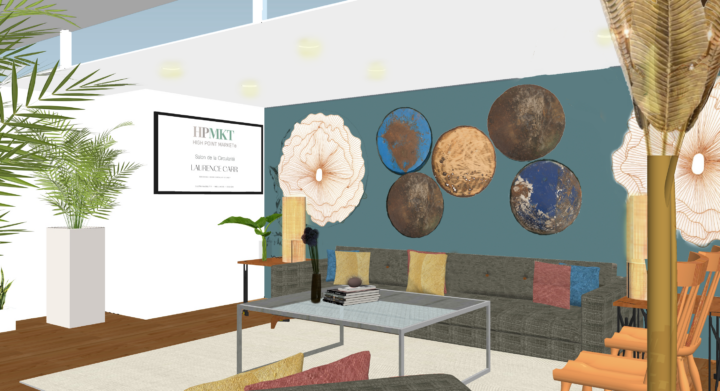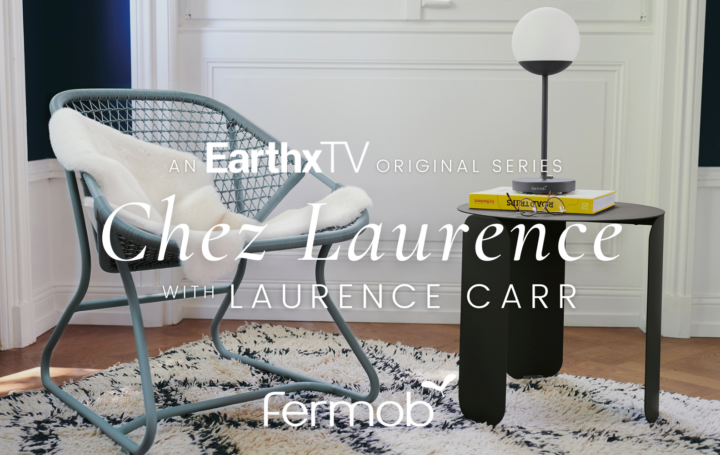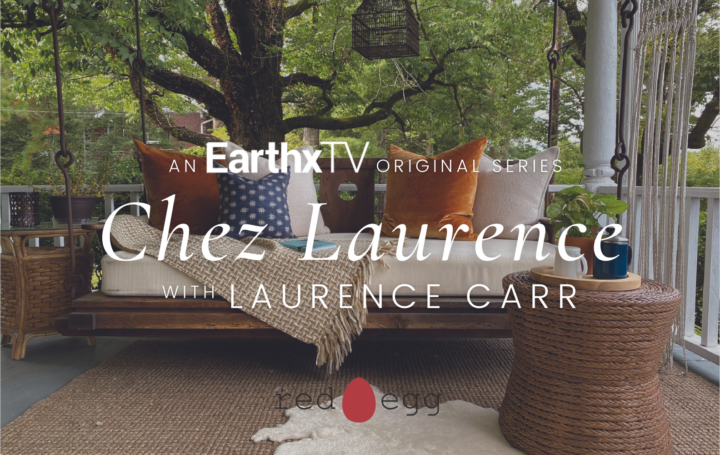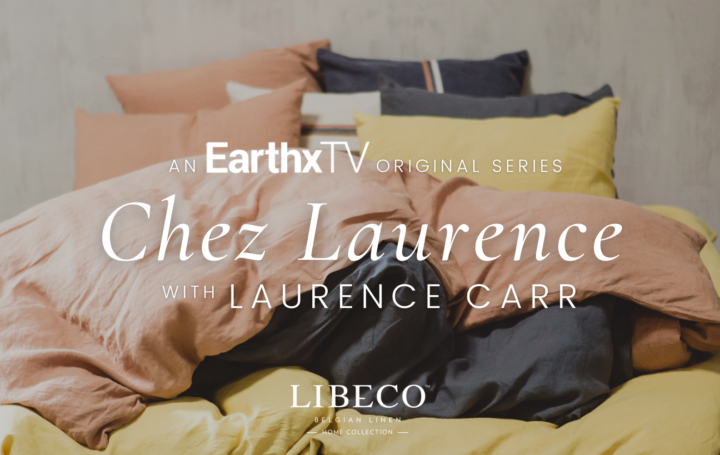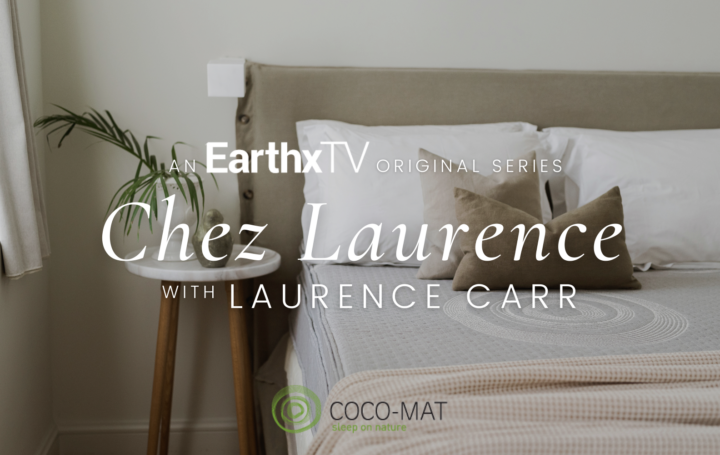
We are, it seems, constantly bombarded with stories and statistics about how quickly our environment is deteriorating. Global warming, surging storms, and raging wildfires threaten our very existence, and as empathic beings, we are connected to the earth, wanting only what’s best for her. It fills me with gratitude that the architecture and design sectors have responded to our environmental threats with great passion. We now find ourselves surrounded by innovations that nurture our planet and beautify the spaces we occupy. Not only does this include building materials, energy solutions, and technological advancements, it has even infiltrated the world of textiles, revolutionizing the very fabric of our lives.
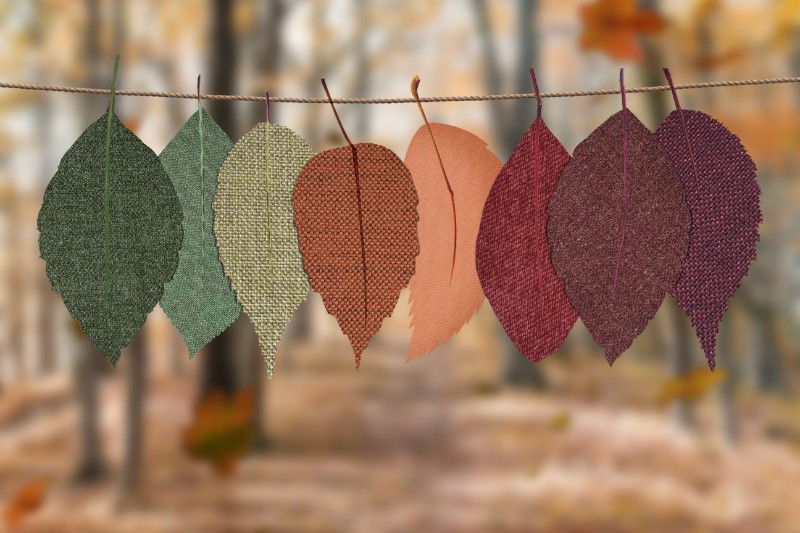
In 2019 and beyond, we will see the rise of sustainable textiles and wall coverings that will elevate any space with unexpected depth and texture. This lux alternative to wallpaper offers a multi-layered experience when interacting with a room’s design. With sustainability top of mind, Grandeco Wallfashion Group is one of the leading manufacturers of wallcoverings. The company is committed to keeping manufacturing in-house, largely with the goal of keeping waste to an absolute minumum, which is a key factor in ecologically responsible production. With styles that are elegant and sophisticated, yet fun and sometimes even playful, their revolutionary designs offer a multi-sensory experience, allowing deeper human connection to a space. Tecnografica Italian Wall coverings is another sustainable enterprise disrupting the industry, offering fully-customizable options, placing full control in the designer’s hands. From leafy scenes that add to a home’s replenishing feel to bright, bold patterns, Tecnografica offers the ability to turn a space into a living, breathing environment of its own. Tecnografica now boasts biocompatibility and use of ecologically responsible materials as one of its key deliverables. Harlequin’s Atelier collection is timeless, even meditative to the touch. Its vinyl wallcoverings, derived from natural compounds, have the soft texture of fabric and the look of mid-century pottery—effortlessly creating greater opportunities for the integration of hygge than ever before.
In sustainable fabrics, we are seeing inspiring advancements, making upholstered pieces more coveted than ever. In the past, the textile industry was one of the most damaging to the environment, wasting massive amounts of water and dumping crude oil, which was found to have seeped into the ground, causing mass devastation in areas across the globe. Alternately, not only is sustainability top of mind for fabric designers today, but so is health, embracing practices that nurture our planet and our bodies. Leaps have been made by innovators including Antex, processing marine waste and plastic bottles, spinning them into plush fabrics that can then be dyed or printed upon. Digital printing is now receiving a sustainable upgrade, using natural inks and dyes, like those supplied by Botanical Inks, and practices adopted by enterprises including printing pioneer, Mimaki.
Design houses such as Cerda Fabrics make sustainable fabrics accessible to all, providing a wide array of products ranging from upholstery to curtains. As Cerda continues to grow and their extensive line takes shape, they are guaranteed to increase their presence in the design space, pushing the boundaries on responsible design and creative thinking. In upholstery, texture is vital, enhancing user experience, often making the difference between a pleasant and unpleasant experience—especially in seating and rugs—objects that make close, firm contact with the body. Masters of texture, Essegomma, have been committed to eco-friendly practices since the company’s inception, using polypropylene yarn. This extremely forgiving and versatile material is woven into delicious fabrics that translate perfectly into indoor and outdoor spaces.
Residential spaces and hotels are already beginning to see the benefits of the industry’s disruption, but soon, these sustainable products will become even more present in our daily lives. At home, we can start small, with a cloudlike comforter from Buffy, whose incredibly soft blankets are made from 100% recycled materials. Then, you may consider an accent wall with a wallcovering in just one room, and purchasing a single complimentary upholstered piece. Once these pieces are integrated into the home, pay close attention to energy shifts.
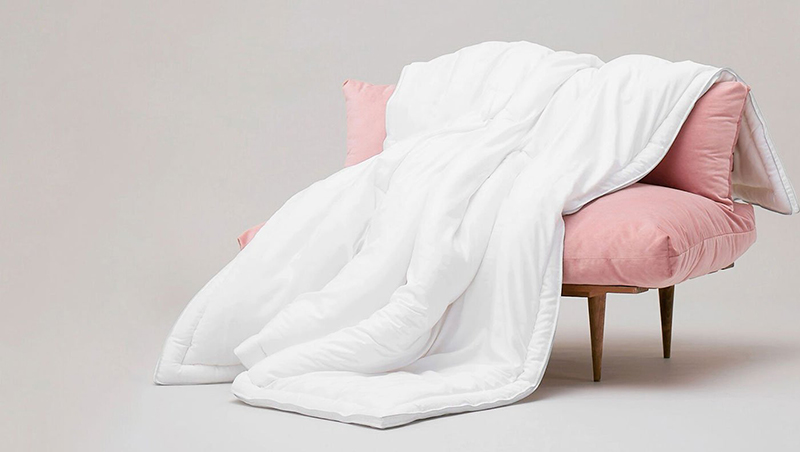
In the hospitality sector, I predict that newer hotels and spas will embrace sustainability from the very beginning. However, established hotels will benefit from slowly changing over to sustainable textiles, starting with bed spreads, then moving through pillows, carpeting, and more. However, responsible practices for the changeover must be considered, since fabric does not break down in a landfill. Partnering with a homeless shelter or another appropriate charity allows the switch to sustainability to benefit humanity even further.
Laurence Carr Design thrives on replenishment, positive energy, and a glowing sense of happiness and fulfillment. Living in an environment that does no harm to the planet instantly changes your relationship to the world, and in effect, to the world’s collective energy. But you don’t need to do it all now in order to embrace sustainability at home. Start slowly. Be easy on yourself. And remember, as the earth grows more joyous, as will all its inhabitants. But it won’t happen overnight, rather with the introduction of one beautifully designed piece at a time.

